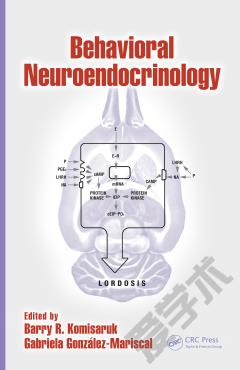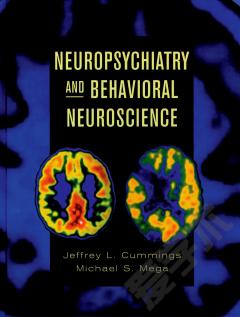Neuroscience of Rule-Guided Behavior
Introduction PART I: RULE REPRESENTATION 1. Selection between Competing Responses based on Conditional Rules 2. Single Neuron Activity Underlying Behavior-Guiding Rules 3. Neural Representations Used to Specify Action a Silvia A Bunge and Michael J. Souza 4. Maintenance and Implementation of Task Rules 5. The Neurophysiology of Abstract Response Strategies 6. Abstraction of Mental Representations: Theoretical Considerations and Neuroscientific Evidence PART II: RULE IMPLEMENTATION 7. Ventrolateral and Medial Frontal Contributions to Decision-Making and Action Selection 8. Differential Involvement of the Prefrontal, Premotor, and Primary Motor Cortices in Rule-Based Motor Behavior 9. The Role of the Posterior Frontolateral Cortex in Task-Related Control 10. Time Course of Executive Processes: Data from the Event-Related Optical Signal PART III: TASK-SWITCHING 11. Task-Switching in Human and Non-Human Primates: Understanding Rule Encoding and Control from Behavior to Single Neurons 12. Neural Mechanisms of Cognitive Control in Task-Switching: Rules, Representations, and Preparation 13. Dopaminergic and Serotonergic Modulation of Two Distinct Forms of Flexible Cognitive Control: Attentional Set-Shifting and Reversal Learning 14. Dopaminergic Modulation of Flexible Cognitive Control: The Role of the Striatum PART IV: BUILDING BLOCKS OF RULE REPRESENTATION 15. Binding and Organization in the Medical Temporal Lobe 16. Ventrolateral Prefrontal Cortex and Controlling Memory to Inform Action 17. Exploring the Roles of the Frontal, Temporal, and Parietal Lobes in Visual Categorization 18. Rules through Recursion: How Interactions Between the Frontal Cortex and Basal Ganglia may Build Abstract Rules from Concrete, Simple Ones 19. The Development of Rule Use in Childhood
{{comment.content}}








 京公网安备 11010802027623号
京公网安备 11010802027623号